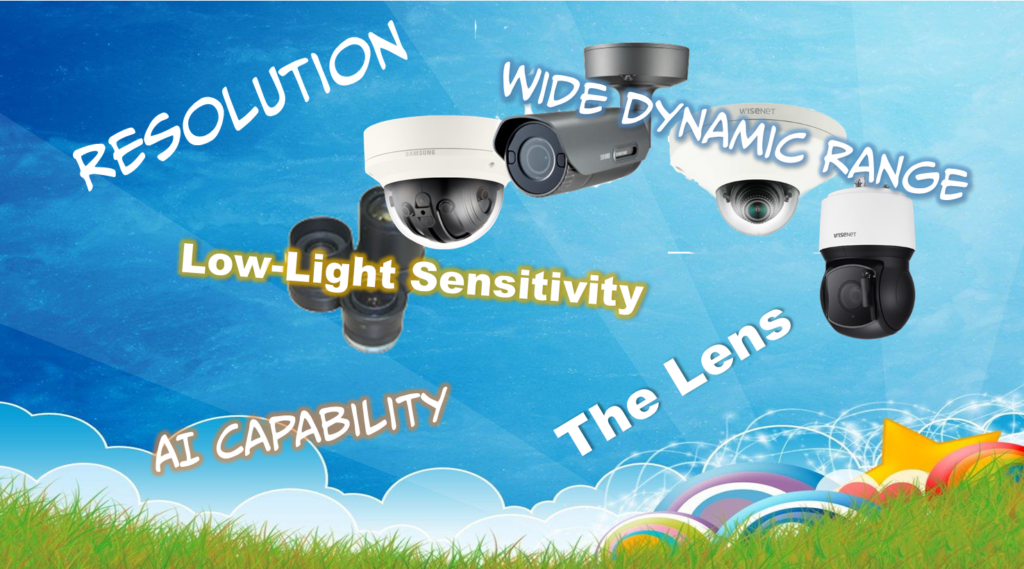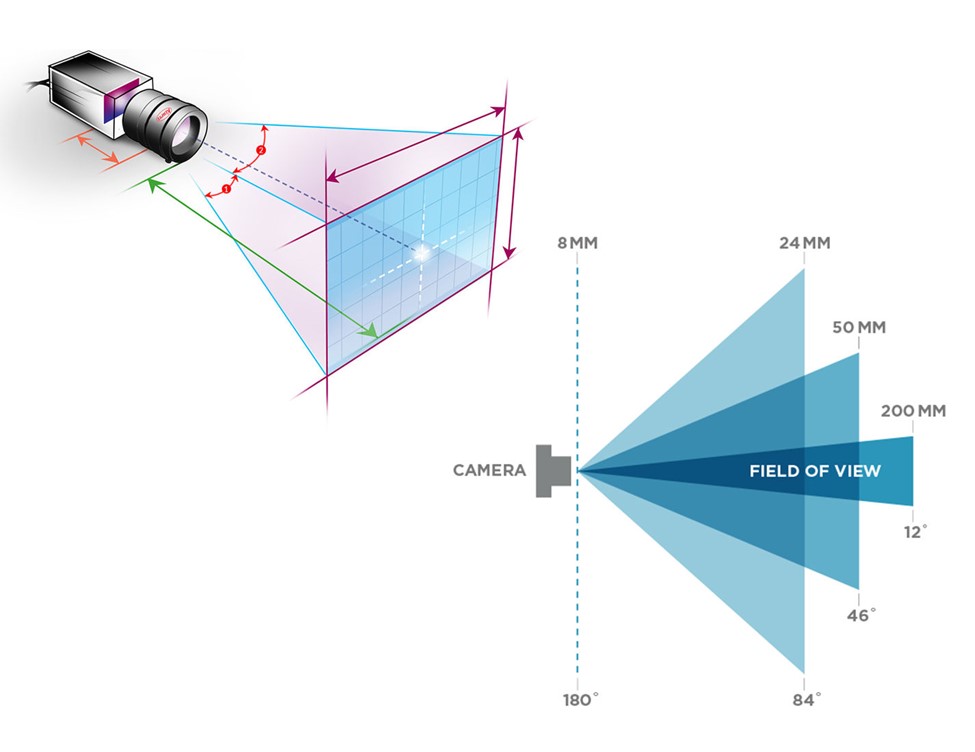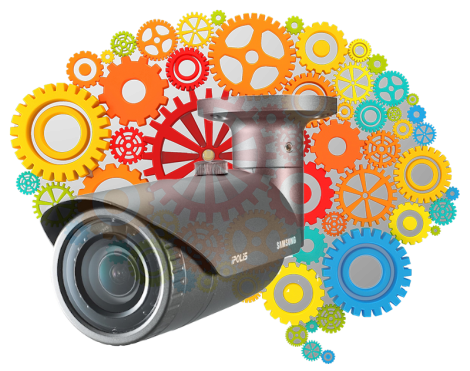The Application Determines what Specifications are Important

Do you want to purchase an IP camera that does what you expect? What is the best camera for your IP Camera System? The first thing to do is set your objectives. The second thing is to look at the specifications. The specifications help you match the IP camera to your goals for a specific surveillance location.
This article explains what camera specifications are valuable for different applications.
IP Camera Resolution
The total number of pixels in the camera’s sensor or the horizontal and vertical pixels defines resolution. The resolution determines what you can see clearly.
Marketing people also use the term “HD” and “720p” or “1080p”, and most recently, “4K”.
The resolution of the IP camera determines the detail you can see in a selected field of view. For example, you require about 50 pixels/ft to read a license plate. The wider the field of view, the more resolution you will require. Suppose we use a camera with a resolution of 1920 x 1080 (2-Megapixel). In that case, we can calculate the necessary field of view by dividing the horizontal pixels by the resolution required (1920 pixels/50 pixels/ft = 38.4 ft). You will need a higher-resolution camera if you want to view a road wider than 38 ft.
Read Calculating What You Can See with Your IP Camera to learn more about camera resolution
When to Consider Resolution
The resolution is determined by what you want to see. If you want to identify a person’s face, you need more resolution than identifying the vehicle type on the road. You will require less resolution if you are checking the number of people in a room.
IP Camera Lens and the Field of View

The camera lens determines how far away you can see something and the field of view. It is measured by lens angle or by the millimeter of the lens (mm). The lower the mm, the wider the field of view. Long lenses over 1000 mm can view vehicles and people over two miles away. Take a look at our article Requirements for Long-Range PTZ Cameras to learn more.
The type of lens is also an essential factor to consider. The f-number of the lens indicates how well the light is transferred through the lens. A camera with an f-number of f1.2 can pass more light than one that has f2.0 lens. The f-number will also appear as part of the minimum illumination spec. The lens angle can affect the f-number. The wider the angle, the more light can get in, so the illumination spec is defined at the widest lens angle.
There are several types of lenses to consider.
- Fixed lens: can’t be adjusted. It has a fixed lens angle.
- Variable lens: can be adjusted manually through a range of angles
- The Zoom lens is similar to the variable lens, except it can be remotely adjusted from your computer.
Other things to consider when selecting the camera lens are the type of iris and how the lens is focused. To learn more about the lens, read our article Understanding IP Camera Specifications, What’s Important.
When to consider the Camera Lens
The lens defines what area you can see, so you should select a wider lens if you are viewing a parking lot. If you are looking at a doorway, then you need a lens with a small angle (or field of view). A remotely adjusted zoom lens can be helpful when installing many cameras. It can save installation time.
Low Light Sensitivity of the IP Camera
The minimum illumination is the lowest light level that provides a good image from the IP camera. It is measured in lux. The amplifier noise that occurs at low light levels also affects the low light specification. The signal-to-noise ratio of a specific camera defines this. The IRE measurement (Institute of Radio Engineers) defines how well the amplifier works in low-light, noisy situations. For example, a camera operating at 30 IRE receives 30 percent of the signal from the sensor circuits, while one operating at 50 IRE receives 50 % of the signal. The lower the IRE number, the harder the amplifier must work to boost the signal so it can be seen. The noise level can be as high as 20% of the signal, so the resulting video can look very noisy when the signal level is at 30 IRE.
The camera’s low-light performance is affected by the camera sensor, the shutter speed (which can affect the frame rate), the amplifier, and the lens. To learn more about low-light sensitivity, please read our article How Low-Light Sensitivity Works in IP Cameras.
When to Consider Low Light Sensitivity
Usually, we are concerned with low-light sensitivity when we would like to provide surveillance outdoors. If you’re viewing a parking lot or road that doesn’t have adequate lighting, you would require a good low-light camera.
Wide Dynamic Range
Wide dynamic range (WDR) camera specification refers to the camera’s ability to see in a scene with dark and very light areas. WDR is measured in dB and defines the ratio between an image’s dark and bright regions. The latest cameras have up to 150 dB WDR performance.
When to Consider Wide Dynamic Range
If you are viewing a lobby area with a large glass window where the sun is shining, you should select a camera with a higher WDR number.
Intelligent or AI Cameras

Some cameras include limited artificial intelligence (AI) that detects and classifies people, vehicles, faces, license plates, and more in real time. This reduces false alarms caused by motion detection. It also notifies security personnel so they can react to emergencies in real time.
The AI-type cameras are beginning to have more and more capability to provide improved security.
When to Consider Cameras with AI
Smart cameras are best when you would like to catch a problem as it’s happening. For example, if you want to notify security when a laptop is removed from the desk, or someone leaves an unattended package in the lobby, you should select AI-type cameras.
Summary of Camera Specifications
Your objectives determine the camera specifications you should consider. Resolution defines the details you can see, while light sensitivity determines what the camera can see in the dark. The lens is an essential part of the camera system since it defines how far and the area you can see. Reading the camera specifications helps you select the right camera for your application.
If you want help selecting the best IP camera, please contact us at 1-800-431-1658 in the USA or 914-944-3425 everywhere else, or use our contact form.